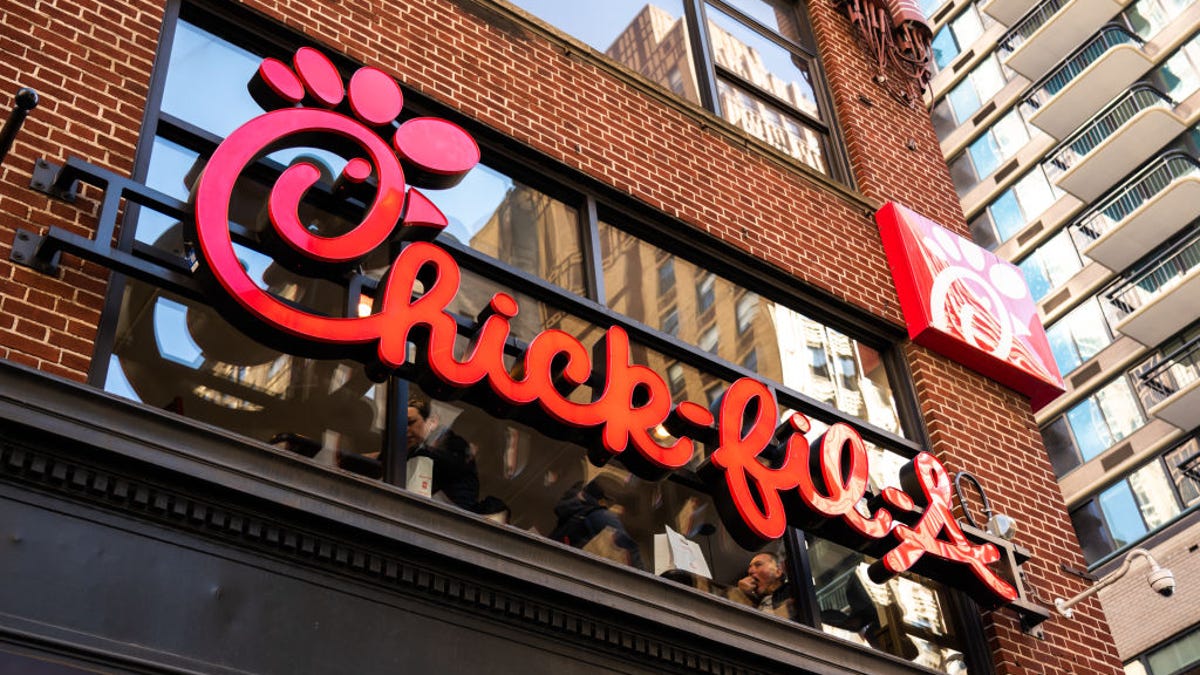Are late-stage startup valuations going to suffer this year? – TechCrunch
No one knows what anything is worth, software edition

Coinbase utterly crushed its most recent quarter. Its results came in far ahead of street expectations, with the U.S. crypto exchange posting net revenues of $2.49 billion, net income of $840 million and adjusted EBITDA of $1.21 billion. In comparative terms, Coinbase’s Q4 2021 results bested its full-year 2020 results by a huge margin.
And yet, Coinbase shares are up just over a point in pre-market trading, and the company is worth around $70 per share less than its direct listing reference price; Coinbase is also down around 57% from its recent highs. The company’s incredibly profitable 2021 — net income of $3.62 billion from $7.35 billion in total net revenue — has led to a less valuable Coinbase, at least according to recent trading.
The Exchange explores startups, markets and money.
Read it every morning on TechCrunch+ or get The Exchange newsletter every Saturday.
For a company worth $8 billion back in 2018, a 2022 market cap of $47 billion is far from a failure. But it’s still a fraction of what Coinbase was worth just months ago and around the time of its public-market debut.
No one knows what anything is worth.
It’s a theme we’ve touched on before, but a recent repricing of the entire technology market makes the point once again.
There’s more to the matter than just Coinbase, however, even though it’s curious that it appears to be valued on a profit multiple today more than a revenue multiple. The surge in SaaS valuations has come back to Earth, with Altimeter Capital’s Jamin Ball reporting this week that “high growth software revenue multiples have now normalized back to where they were pre-covid for the first time since the pandemic started.”
The former venture capitalist also writes that the fastest-growing cohort has performed “worse than low and medium growth software” companies this year. It’s upside-down season in terms of what software companies are worth, with the growth premiums falling sharply.
I think this is why we’re seeing reports that the late-stage capital cannons of 2021 are pulling back from such deals. Tiger, D1 and others were betting that they could flood the middle- and later-stage software markets with capital — and reap the rewards when their portfolios followed an open IPO window into welcoming public markets. If the IPO window had stayed open, and if software valuations hadn’t tumbled so sharply in just a few months, the strategy could have been incredibly accretive in the near term.
The opposite happened, however. So where does that leave late-stage startups? In trouble, I reckon.
Are they really in trouble, or are you just being pessimistic on a Friday, Alex?
I hear you, but consider the following chart from Ball:



